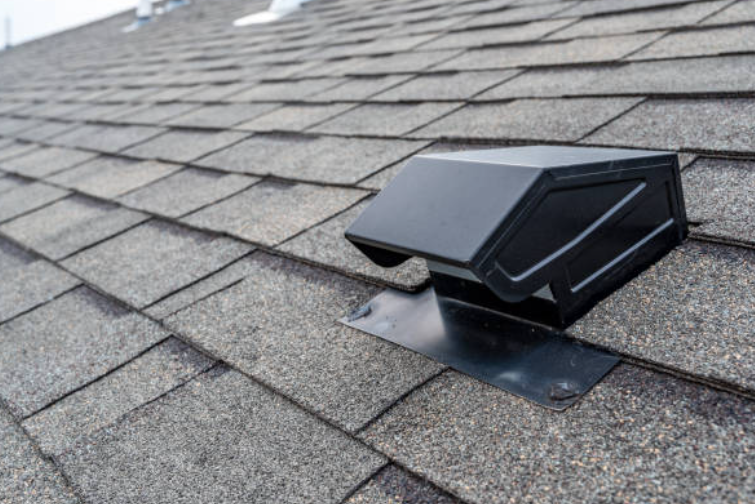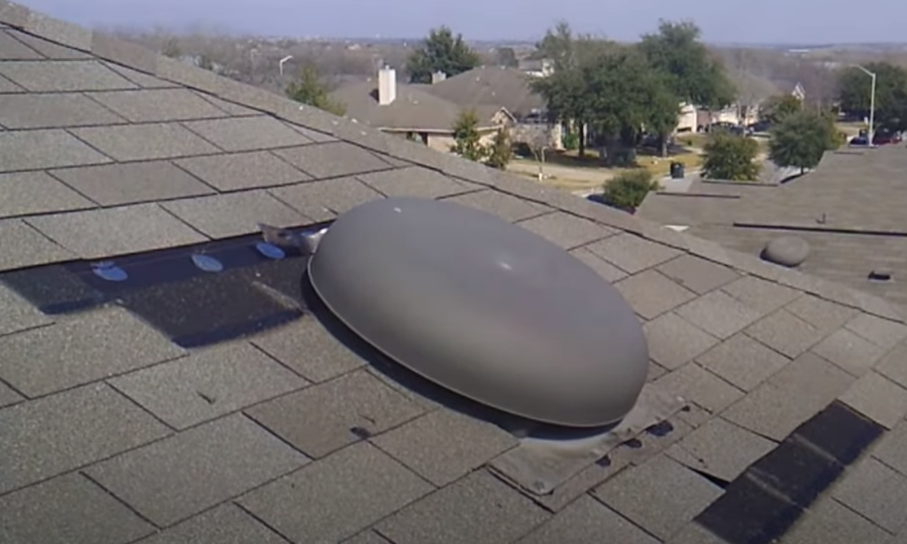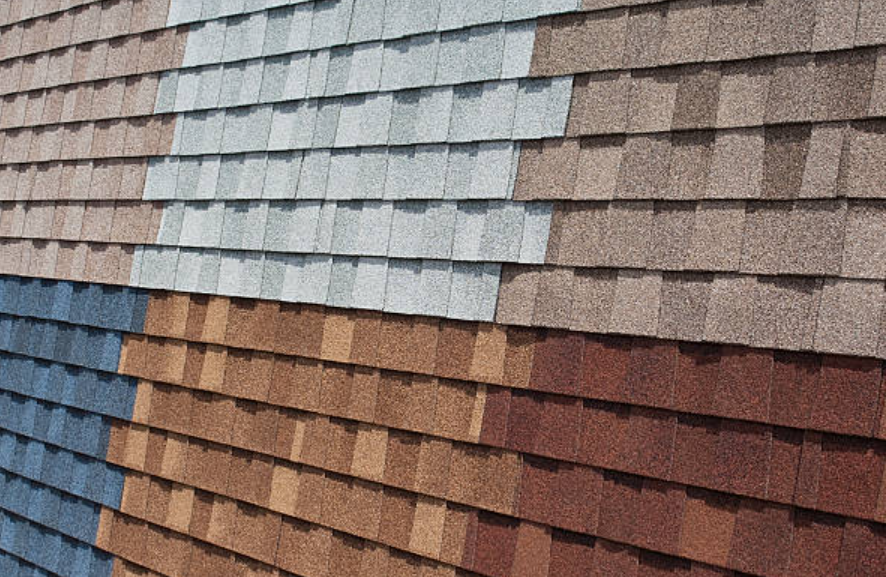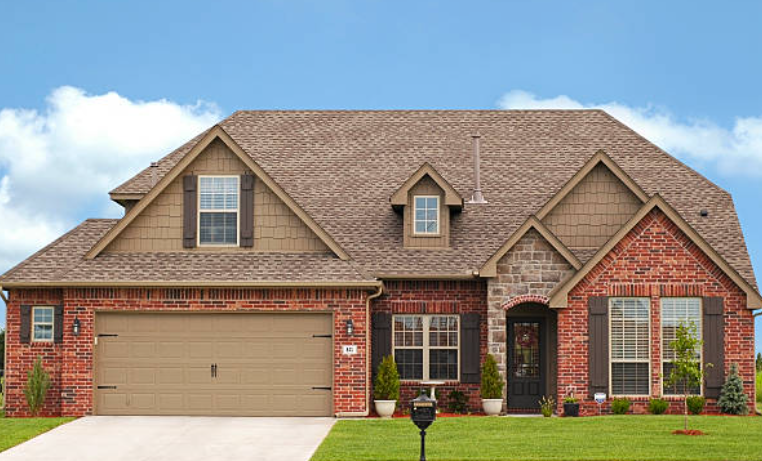Why Attic Ventilation is Important to the Health of a Roof
Your roof is more than just shingles and beams, it's a system that requires proper care and attention. One crucial but often overlooked aspect of maintaining a healthy roof is ensuring your attic has adequate ventilation. Attic ventilation might not be the first thing that comes to mind when you think about your home, but it plays a vital role in preserving the integrity of your roof and the overall well-being of your house. Air circulation in your attic is a secret superhero, safeguarding your home against potential damage. Let's dive into why proper attic ventilation is a key player in keeping your roof and home in top-notch condition.
Why is Proper Attic Ventilation Important to Your Roof
Imagine your attic as the lungs of your home. Proper ventilation is like a breath of fresh air for your roof and home, and here's why it matters:
Temperature Regulation
Attic ventilation helps maintain a balanced temperature in your home. During hot months, it allows hot air to escape, preventing it from accumulating and potentially causing your roof shingles to overheat and deteriorate. In colder months, it helps prevent ice dams by keeping the roof temperature consistent, reducing the risk of water damage.
Moisture Control
When warm, moist air from daily activities like cooking or showering rises into the attic, proper ventilation ensures it doesn't linger and cause condensation. Without ventilation, this moisture can lead to mold growth, wood rot, and structural damage.
Prolonged Roof Lifespan
Excessive heat and moisture can be the enemies of your roof's longevity. Proper attic ventilation reduces the strain on roofing materials, prolonging their lifespan and saving you money on premature repairs or replacements.
Energy Efficiency
A well-ventilated attic helps your home's overall energy efficiency. It reduces the workload on your HVAC system by keeping your house cooler in summer and minimizing the load on air conditioning units.
Prevention of Structural Damage
Without adequate ventilation, excessive heat and moisture in the attic can compromise the structural integrity of your roof and even the entire house. This can lead to warped wood, damaged insulation, and even compromised ceiling structures.
In essence, proper attic ventilation helps maintain a comfortable home. It's a proactive measure to safeguard your investment and ensure the longevity of your roof.
How Attic Ventilation Works
Understanding how attic ventilation operates unveils the science behind maintaining a healthy roof environment. Two primary mechanisms come into play: the stack effect and the wind effect.
Stack Effect
Picture this as a natural chimney within your home. During warmer weather, the sun heats the roof, warming the air in the attic. Hot air naturally rises, creating a pressure difference that pushes the warm air out through vents or openings at the attic's highest points. As this warm air exits, it draws in cooler air from the lower parts of the house, promoting airflow.
Wind Effect
Nature's collaborator in attic ventilation, wind contributes significantly to airflow dynamics. As wind passes over the roof, it creates a slight pressure difference that prompts air movement. Intake and exhaust vents are pivotal players in this process. Intake vents, typically located at the lowest points of the attic (like soffit vents), allow fresh air from the outdoors to enter. Meanwhile, exhaust vents, situated higher up (such as ridge vents or turbines), provide an exit for warm, stale air.
The incoming wind drives air through the intake vents, creating positive pressure, while the exhaust vents allow for the escape of warm air, creating negative pressure. This pressure difference, combined with the natural buoyancy of warm air rising, encourages airflow through the attic, effectively flushing out excess heat and moisture. By strategically positioning intake and exhaust vents, homeowners can harness the wind's force to enhance attic ventilation, maintaining a balanced and efficient system that safeguards the integrity of the roof and the entire home.
Designing Using These Effects
Roofers and builders leverage these effects in attic design. Ventilation systems are strategically placed to maximize the stack and wind effects. Ridge vents, soffit vents, gable vents, and turbines are among the various vent types used to facilitate airflow and maintain a balanced ventilation system. Understanding these ventilation mechanisms helps in optimizing your attic's airflow, ensuring a healthy balance between intake and exhaust, and safeguarding your home from temperature extremes and moisture buildup.

How to Tell If Your Attic Isn't Properly Ventilated
Proper ventilation in your attic plays a pivotal role in the health of your home. When this essential airflow is compromised, a variety of warning signs can manifest throughout your home, offering clues that your attic might not be breathing as effectively as it should.
Excessive Heat
If your upper floors feel like a desert oasis during summer, despite the best efforts of your cooling system, it could be a symptom of inadequate attic ventilation. This trapped heat can make your living spaces unbearably warm and hike up your energy bills.
Mold or Mildew
While your attic might seem remote, it's not immune to unwanted guests like mold or mildew. Insufficient airflow allows moisture to linger, fostering the perfect environment for these unwelcome intruders to thrive. If you spot these signs on the attic ceiling or insulation, it's a telltale sign of ventilation troubles.
Frost or Ice Dams
In wintry climates, an improperly ventilated attic can lead to a frosty predicament. When warm air rises and melts snow on the roof, the refreezing at the eaves forms ice dams. These icy barriers can cause water to seep under the shingles, potentially causing water damage to your home.
Deteriorating Roofing Materials
Your roof might be silently voicing its distress. Premature wear and tear on roof shingles, such as curling or cracking, could stem from excessive heat buildup due to poor attic ventilation.
Unpleasant Odors
Your home should never smell like a forgotten basement. Musty or unpleasant odors, particularly in upper floors, could hint at moisture accumulation caused by inadequate attic ventilation.
Recognizing these signs empowers homeowners to take proactive steps, ensuring their attic breathes freely, maintaining a comfortable environment, and preserving the roof's longevity. By staying vigilant and addressing ventilation concerns promptly, you pave the way for a healthier, more resilient home.
How Much Ventilation Does Your Attic Need?
Determining the right amount of ventilation for your attic involves considering various factors such as attic size, roof design, climate, and local building codes. While there's no one-size-fits-all answer, a general rule of thumb is to aim for a balanced ventilation system that provides roughly 1 square foot of ventilation (intake and exhaust combined) for every 150 square feet of attic space.
Local building codes often dictate specific ventilation requirements, so it's essential to consult these regulations when planning your attic ventilation. These codes are in place to ensure that homes meet minimum standards for safety and performance.
The resources for understanding ventilation needs often extend beyond local codes. Manufacturers of ventilation products, such as ridge vents, soffit vents, or turbines, provide guidelines and resources for calculating the appropriate amount of ventilation based on factors like attic size, roof pitch, and the type of ventilation used.
Additionally, organizations like the U.S. Department of Energy (DOE) or the Building Performance Institute (BPI) offer valuable resources and guidelines for homeowners to understand and implement proper attic ventilation practices. Before making any changes to your attic ventilation system, consulting these resources and local regulations can provide clarity and ensure compliance with standards, contributing to an effective and efficient attic ventilation setup.
How to Help Improve Attic Ventilation
Improving attic ventilation is a proactive step towards ensuring a healthier and more durable roof. Here are some measures homeowners can take to enhance attic ventilation:
Install Proper Vents
Consider adding or upgrading vents such as ridge vents, soffit vents, gable vents, or turbines to promote better airflow. Properly positioned vents facilitate the intake and exhaust of air, aiding in maintaining a balanced attic environment.
Clear Obstructions
Ensure vents and airflow pathways are free from any blockages. Remove debris, insulation, or items stored in the attic that might impede the airflow through vents.
Seal Air Leaks
Seal any gaps, cracks, or leaks in the attic to prevent uncontrolled air exchange between the attic and living spaces. This helps maintain the intended airflow pattern and prevents moisture infiltration.
Add Insulation
Proper insulation regulates temperature and minimizes heat transfer between the attic and living areas, reducing the strain on ventilation systems.
Consider Ventilation Upgrades
If your attic ventilation system is outdated or insufficient, consider consulting a professional about potential upgrades or modifications to improve airflow and efficiency.
By taking these steps, homeowners can contribute significantly to optimizing attic ventilation, enhancing the overall health and longevity of their roof and home.
Now, if you encounter challenges or prefer expert guidance, don't hesitate to reach out to a
professional roofing contractor. They can assess your attic ventilation system, recommend suitable upgrades, ensure compliance with local building codes, and perform any necessary installations or
roof repairs with expertise and precision. Ensuring your attic has proper ventilation is a crucial aspect of home maintenance, and professional roofers are equipped to provide tailored solutions for your specific needs.
You might also like
Contact Us Today!!

Services
Working hours
- Mon - Fri
- -
- Sat - Sun
- Closed


